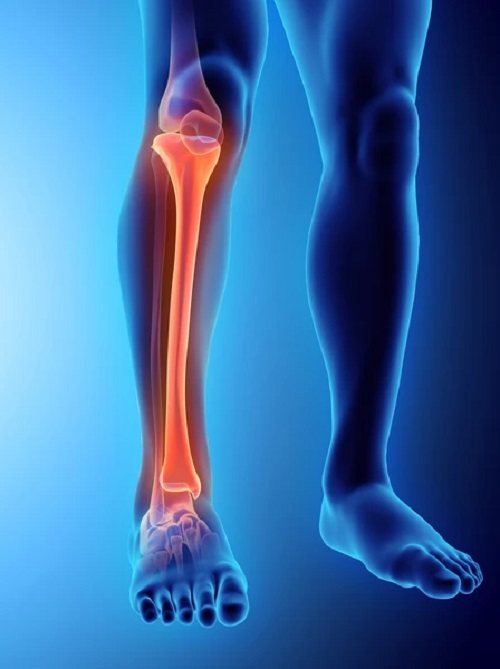Orthopedic implants manufacturers and Delta Tibia / Femur Nailing System specialist in India. In this study, we will try to summarize clinical research performed on a group of 1000+ patients with closed fractures of the tibia treated with prefabricated braces at the Los Angeles County Institute of Southern California Medical Center. As mentioned further that due to some social and economic factors, the final evaluation of orthopedic implants and orthopedic instruments was possible in approximately 800 patients only. Another considerable factor was that seven nonunion were encountered (0.8%).
Also, seventeen orthopaedic implants and instruments like braces were removed or stopped in use because of shortening or for unacceptable angulation or because of skin complications. The method of injury that created these closed fractures indicated that some were sustained in vehicle-related accidents and the remaining had been caused by a direct blow over the extremity. On further analysis and insight of the extremities indicated that 35% of the patients had no shortening. The remaining shortening ranged from the range of 1-30 mm. This also implied that approximately 85% of the patients had shortening of less than 10 mm; in 8% shortening ranges somewhere between 1 and 15 mm, in other 3% between 16-20 mm, and in 0.5% between 21-30 mm.
The orthopedic implants manufacturers report further suggested that no angular deformity was measured in some of the patients. More than 90% healed their fractures with less than 8 or 8.2 angulation and few rare cases had angulation in 11°. The most observed deformity was of Varus. A total of 1.3% out of 700+ analyzed had angular deformities between 9° and 10° and few had varus angulation between 11° and15°.
Also Read: –Shortening,
Angulations, and Rotation in a Fracture
Other
major findings as analyzed by our team of ortho surgical implants and trauma
implants suggested that as per the report we can conclude that the degree of
initial displacement of the fracture is somewhat claimed responsible for the
speed of healing. This was observed on the fact that the fractures with less
than 10 % displacement healed in an average of 15 weeks, those between 42% –
50%displacement in an average of 19.8 weeks, and those between 81° and 90° in
an average of 23.3 weeks; while those higher healed in 20 weeks.
Many braces (40+) were discontinued during treatment owing to progressive angulation or due to loss of corrected shortening. These cases of patients were advised to undergo an operation to correct their abnormality. Some others could not wear their brace due to exasperation of preexisting soft tissue wounds and were treated in a below-the-knee functional cast until joining of the bone. Out of these, some were unable to handle the functional brace. These patients were treated in a below-the-knee functional cast until union.
After the application of the prefabricated brace, 3%
of them required manipulation of fractures which was performed with the patient
flexing his leg over the rim of the examining table which was done under
sedation. In these cases, the braces were temporarily discontinued for few
weeks and long-leg casts were applied.
This was a brief analysis of the report. As the orthopedic implants manufacturers in India, we also suggest that bracing adjustments and contouring need to be performed only when necessary to ensure proper fitting.

